MANTA’s Guide to the Top Design and Technology Trends for the 2020s
3,000 foot cities. Hovering passenger vehicles. Men on Mars. That’s the vision that futurists and science fiction imagined for 2020.
We may not yet have flying cars, but we’ve certainly become comfortable with rideshares, bikeshares, and even scooter-shares. The future once envisioned for 2020 may not in fact be so far off.
Working with innovative companies, from fledgling start-ups to Fortune 500 leaders, has given MANTA’s leadership insight into the ideas and advancements influencing product development, from user experience, to industrial design, to engineering. Here’s what we see as the top design and technology trends for 2020 and the coming decade.
1. Sustainability
While the energy industry pushes forward with new technologies such as GE’s new wind turbine, the ongoing climate crisis has made the sustainability of our purchasing decisions top of mind for everyday consumers. In an acknowledgment of the effect of human activity on climate change, there is a strong market interest in conscious consumption. People are more interested in thrifting, low-waste living, and eco-friendly products.
This shift to more eco-friendly habits can seem at odds with the expectation of instantaneous delivery, which often leaves customers with more packaging than product. In the coming years, packaging must be more responsible while still being portable.
Packaging, however, is not the only lever to address in producing more sustainable designs. Companies across industries, from Google to North Face, recognize this ecological imperative and are deliberately making design and production decisions that have reduced environmental impact.
As early as the concept phase, designers and engineers can evaluate how different materials, finishes, and manufacturing and shipping methods will affect the ecological performance of a product. MANTA VP of Design Betsy Goodrich contributed to the Okala Practitioner Guide, which recommends various ecodesign strategies and includes “Impact Factors” to quickly calculate the environmental and health costs of product decisions. Connect with our design team to make your product more sustainable.
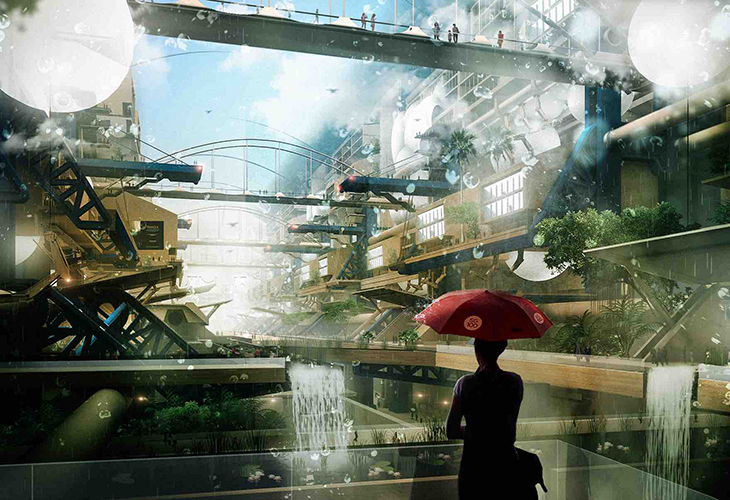
2. Robots and Automation
In this decade, robots will continue to automate more tasks both at home and in the workplace, especially in the transportation, manufacturing, and wholesale/retail sectors. Autonomous vehicle technology will continue to mature, with commercial drone delivery expanding in the U.S. in 2020 itself, following the world first in Australia last year.
Many of the tech that enable the movement and sensing of drones and robots, like LiDAR, have been around for decades. There are opportunities for innovation in actuation, sensing, and power sources that can improve the mechanical performance of robots. And, of course, advancements in machine learning and computer vision will continue to refine these machines’ degree of autonomy.
Despite fears about the impact of automation on the future of work, robots and automated systems will largely work collaboratively with humans. Robot design in the coming decade will still have humans at its center, and the machines will have to be resilient and adaptable enough to operate in environments built for humans. Moreover, humans will need to be able to step in if there are machine failures or errors. The viability of robotic companies in the next decade will depend on how well they understand specific user needs and tailor their engineering and software to design robots that more naturally interact with people and their environments.
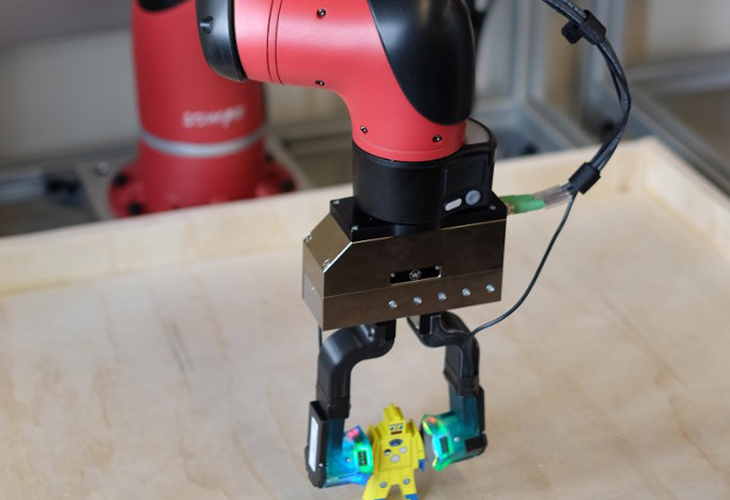
3. Multi-sensory Interfaces
Beginning with the launch of Siri in 2011, the past decade was defined by an increased reliance on voice assistants and a slow but steady improvement in voice technology. For example, about 50 million US adults use voice shopping on their smartphone or smart speaker.
While adoption of voice technology is growing, it begs the question of how other sensory modalities will be incorporated into consumer electronics. If “augmented reality is the new form factor”, it opens up a whole host of creative options for designers and engineers to engage with our senses of touch, taste, and smell.
Some AR/VR devices use discrete cartridges for olfaction. Recent innovations in wirelessly-controlled miniaturized actuators for haptic feedback could lead to more widespread integration of touch and gestural control in AR and other electronics. The challenge for designers and engineers going forward will be to consider both how closely we can replicate the expressivity of these sensations, and how we can improve their resolution beyond current human capabilities.
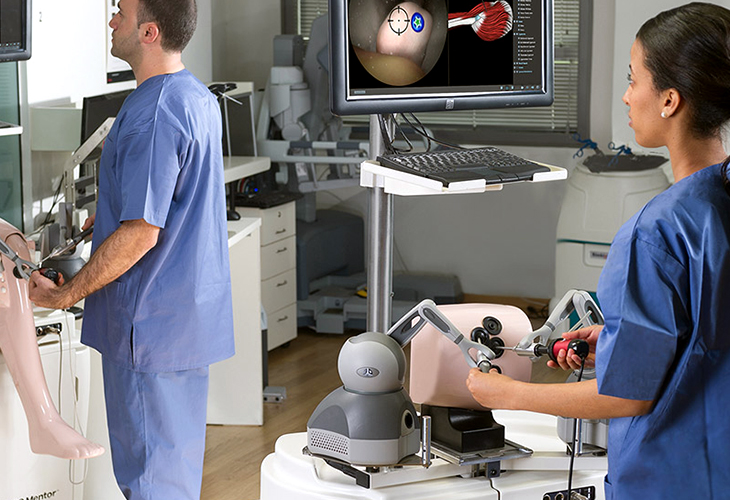
4. The Internet of (Every)thing
The rise in smartphone usage and increased mobile connectivity in the last decade opened the door to new ways of engaging with and responding to data on an individual level, such as with wearable fitness trackers. In 2020 and beyond, 5G LTE and Wifi6 will improve wireless communication protocols and further bolster data collection and transmission. This improved data resolution means that “big data” and analytics will continue to be value drivers for businesses. Data will become the fourth dimension of design, with machine learning turning everyday interactions into feedback loops so our devices and systems can respond and adapt to us in real time.
However, the commercial popularity of wearables and IoT devices have raised important questions about the ethics of privacy and security: What data actually needs to be collected? Who owns the data? Are we simply entering a world where everything is surveillance technology?
The challenges for user researchers, product designers and engineers are numerous. How do we create autonomous agents that provide a seamless user experience? How can user experience research help collect, identify and present meaningful data? And, especially as our connected devices handle increasingly sensitive information, such as clinical data for diagnostic purposes, we have to rigorously enforce processes to design for privacy and for trust.
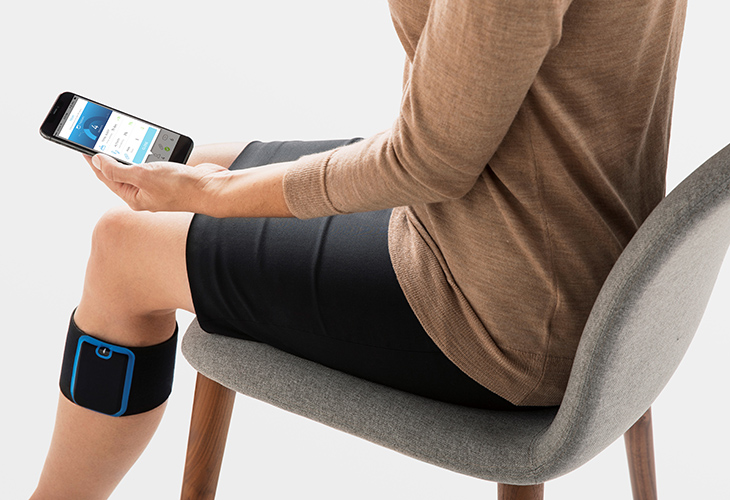
5. Augmentation of Human Health
We can’t talk about the last decade in healthcare and life sciences without talking about genetic sequencing and editing. The reduced time and cost requirements for sequencing as well as early CRISPR clinical trials, indicate that genetic therapy for human diseases will be an option for patients in the coming decade. Moreover, combined with automation, sequencing has the ability to rapidly identify different kinds of viruses and bacteria at the point-of-care, changing diagnostic applications and improving treatment times. The challenge for designers and engineers working on such instruments will lie in creating user interfaces that present the right information accurately and rapidly.
The ongoing meta-trends of hyperconnectivity, analytics, and machine learning are further permeating the healthcare, medical device, and biotech industries, with everything from medical devices paired with smartphone apps to robotic surgery platforms enhanced with artificial intelligence. The software as medical device (SaMD) designation will continue to transform healthcare, decentralizing it from hospitals and moving it closer to patients’ homes for more accurate data collection and treatment.
Connectivity is also playing out in a different way with prosthetic development. Multiple groups are developing neurally-controlled robotic prosthetics, from prosthetic arms to full exoskeletons for people with spinal injuries. Prosthetic designers and engineers will need to increasingly consider incorporating electronics and implant control into their devices, while still personalizing forms for the patient.
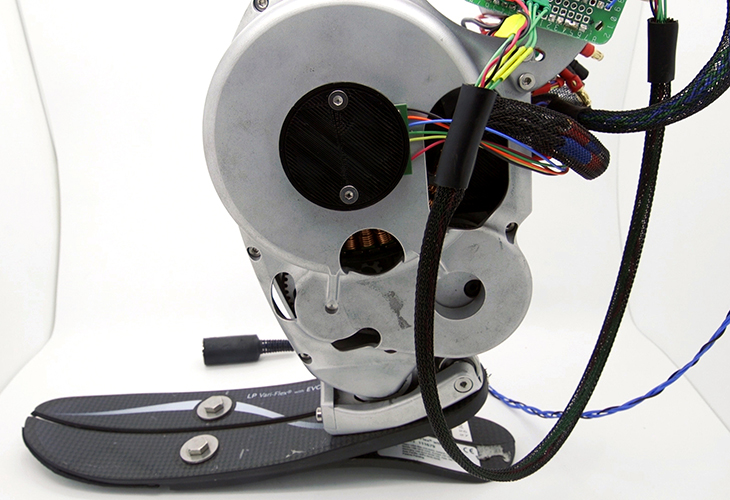
6. A 3D Printed World
The promise of 3D printing is that its digital control enables distributed manufacturing. In recent years, 3D printing has provided better options for prototyping compared to machining and handmade models. The next decade will see a greater adoption of 3D printing to create production parts, with the challenge for manufacturers being to identify opportunities to scale up production and streamline post-processing to fabricate higher volumes while ensuring quality and uniformity.
Compared to the range of materials available for injection molding, there are still not enough options in materials for 3D printing. 3D printing developers are actively investigating processes to print different kinds of polymers, composites, and thermoplastics. With the expiration of patents on metal binder jetting reducing the cost of 3D printing metals, more companies will introduce metal printing options for applications from prototyping to tooling.
The increased availability of 3D printing will give designers and engineers more options to produce customized products, enabling greater personalization for customers.
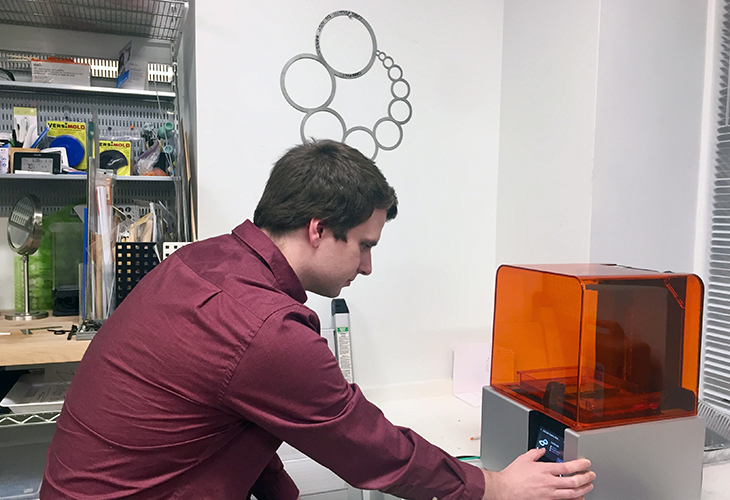
7. Diversity and Inclusive Design
The U.S. population is both getting older and more diverse. Improved communication and social media are amplifying marginalized voices among both creators and consumers. People are more inspired than ever by international motifs, and designers from diverse backgrounds have more access to global markets than before.
Companies as a result are doing more to appeal to diverse customer segments. That appeal goes beyond marketing campaigns and demands that companies and engineers rethink which problems we solve and for whom.
More companies will adopt an inclusive approach to human-centered design to create with all kinds of people in mind. Human-centered design mandates having a strong understanding of and respect for the people you are designing for, including their mental models, aspirations, and influences. Companies will increasingly rely on contextual research to develop this understanding and to produce experiences tailored for more people.
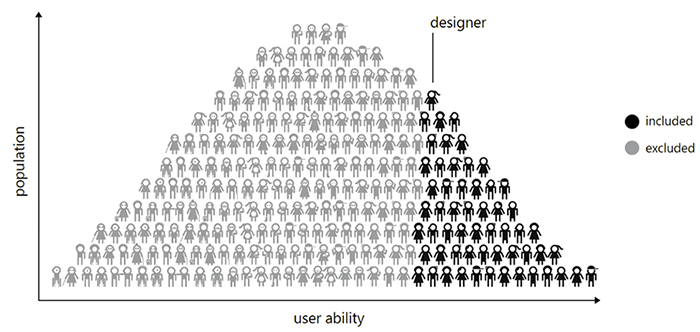
Set the Trend
Interested in knowing how the latest design and technology trends can create compelling products and experiences? Our team strives to keep clients at the cutting edge of innovation. Get in touch to schedule a consultation and see how our user experience, design, and engineering services can help you.

